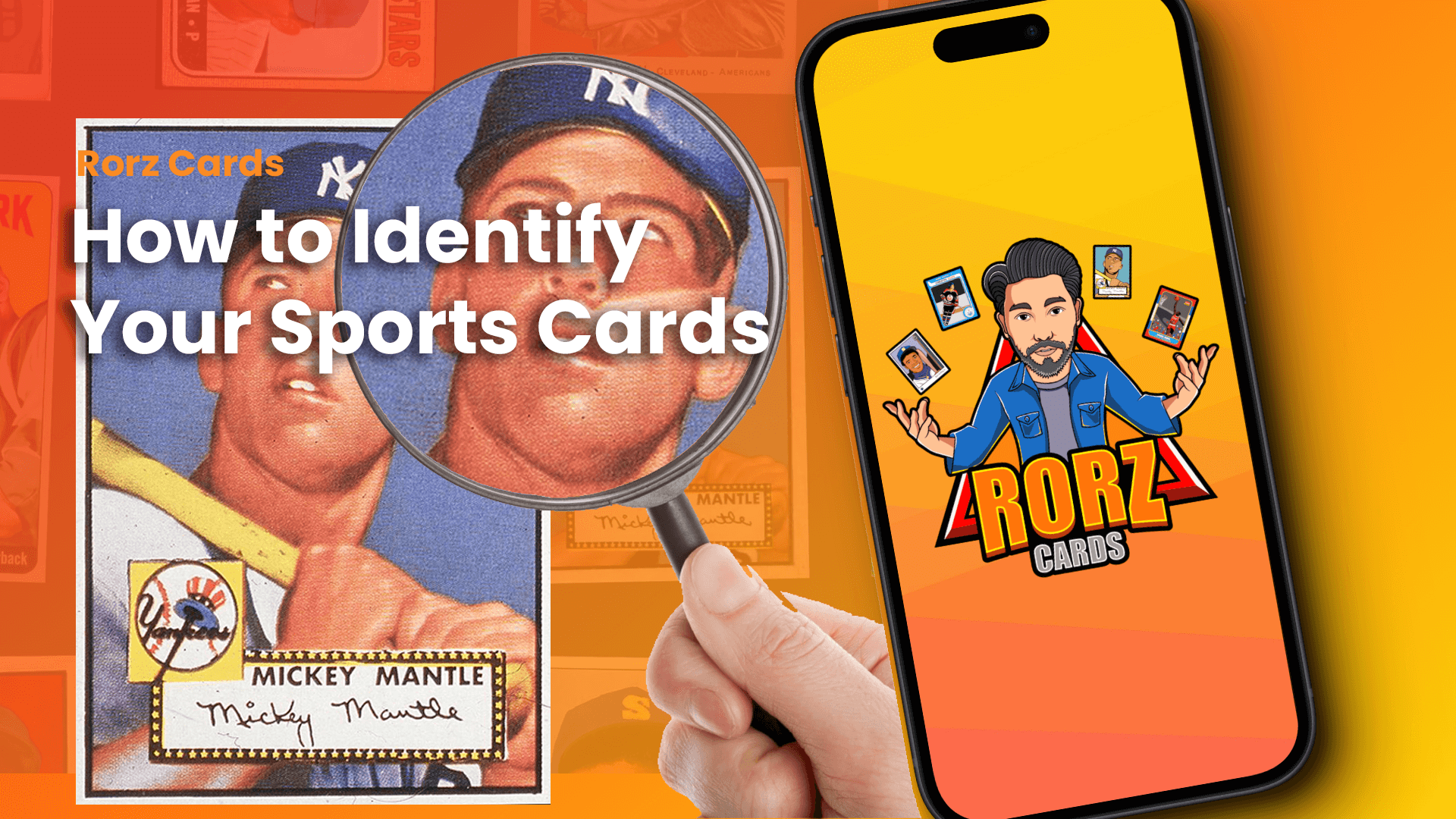
Sports card collecting has been around for over a century, with millions of cards produced yearly.
Whether you’re an experienced collector or a beginner to the sports card hobby, most of us have been in a scenario where we can’t figure out the origin of a card.
This guide gives a historic breakdown of how to identify sports cards properly and where to find information on specific cards or sets.
Overview
For starters, it’s key to establish the different eras of the trading card hobby and their classification before we can get into the specifics of a particular card or set.
Sports cards are typically categorized by eras that span from the late 19th century to the present day. Some of these periods include Pre-War (1941 and older), Vintage (1942 – 1979), Modern (1980 – 2010), and Ultra Modern (2011 – Present).
The first thing noticeable on the front of a sports card is the player’s picture and the team name. The player is typically shown in an action shot or portrait-style photo.
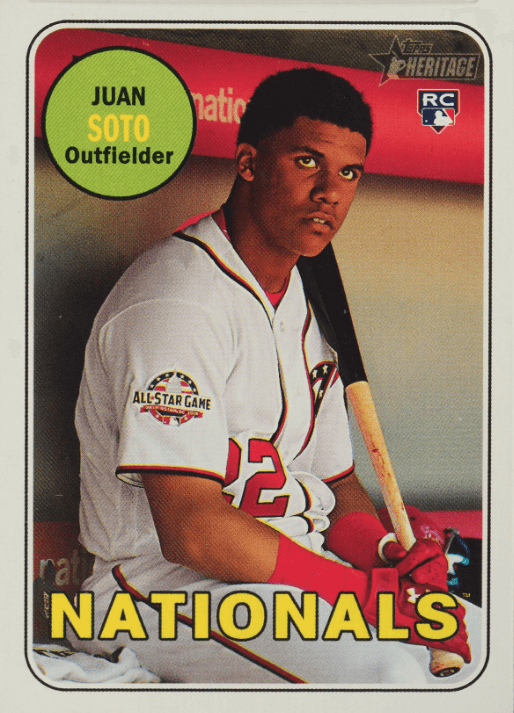
On the back of most trading cards, you can locate the manufacturer’s name, card number of the set, and year of production. The card number can be found on one of the upper or lower corners, as illustrated below.
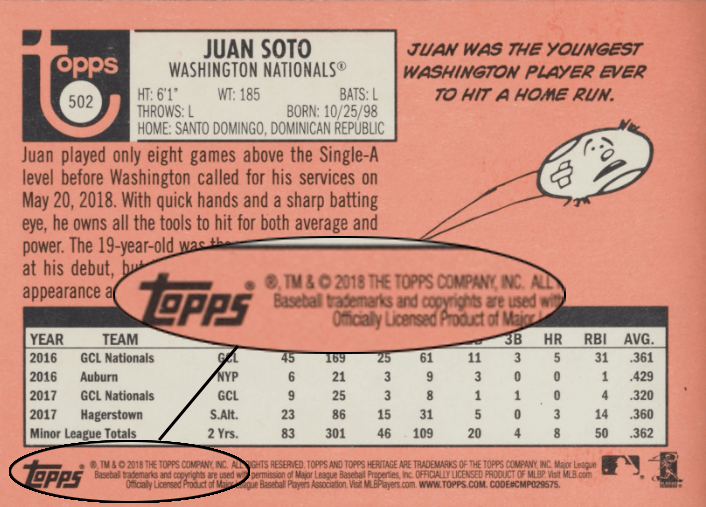
That being said, each era of the hobby can have slight differences that can help you identify cards accurately.
Pre-War Era
Sets produced during the pre-war era had a tremendous impact on the demand for trading cards and the culture of collecting in the United States.
At first glance, pre-war cards can be tricky to identify because of the lack of printed information compared to other eras. Back then, cards came in all sorts of sizes but were generally smaller than the standard size of modern sports cards we see today.
The best way to identify pre-war cards is by locating the player’s image, name, team name, or city on the front. In many cases with smaller tobacco cards from this time, a player’s or team’s name would be abbreviated.
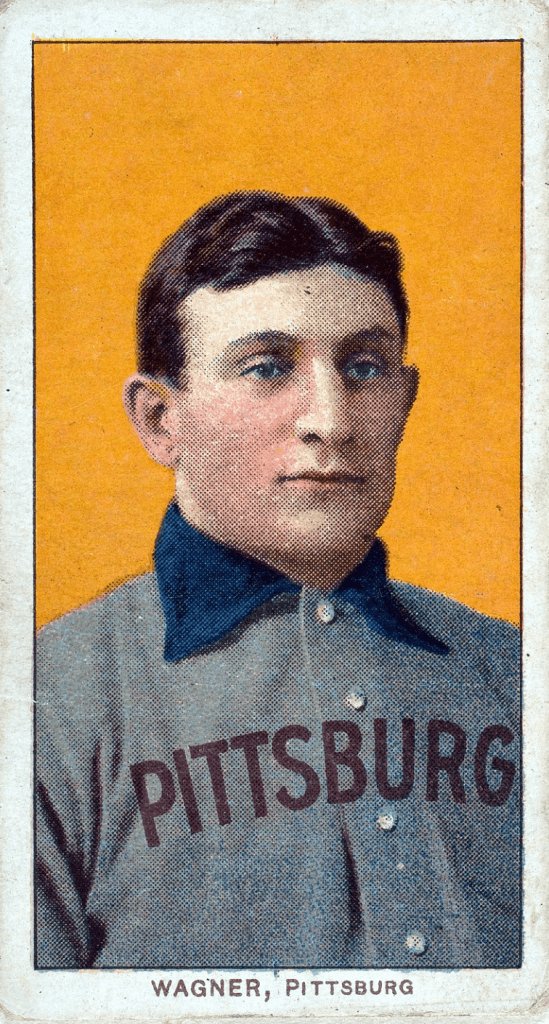
Baseball card manufacturing was nearly in its infancy during this era and was produced by various tobacco and candy companies. Because of this, manufacturers utilized the back of the cards to advertise their products to consumers.
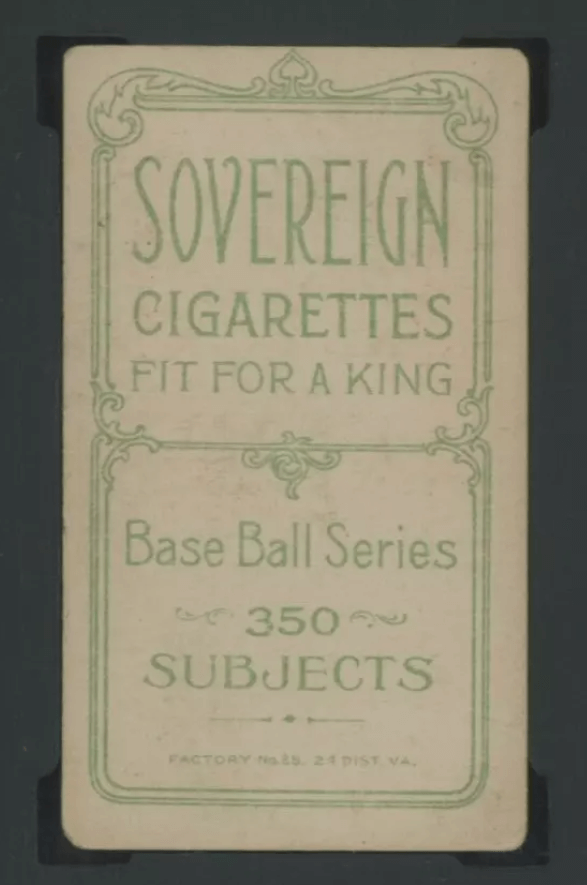
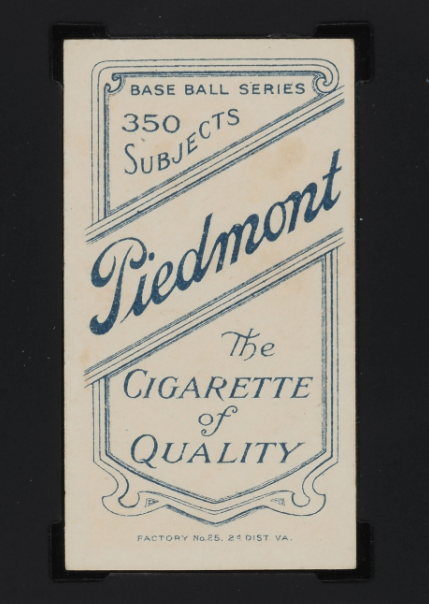
Vintage Era
The vintage era heavily contributed to the traditional design and size of trading cards that we still see in today’s hobby.
Despite massive improvements in photography and player information on cards, many early vintage set releases did not specify the year of production nor manufacturer on the back of the cards.
The most practical way to identify the print year of these cards is by searching the player’s name and card number on websites like eBay or 130 point. However, some vintage sets during the golden era provided the player’s statistics from the year before the sets’ release.
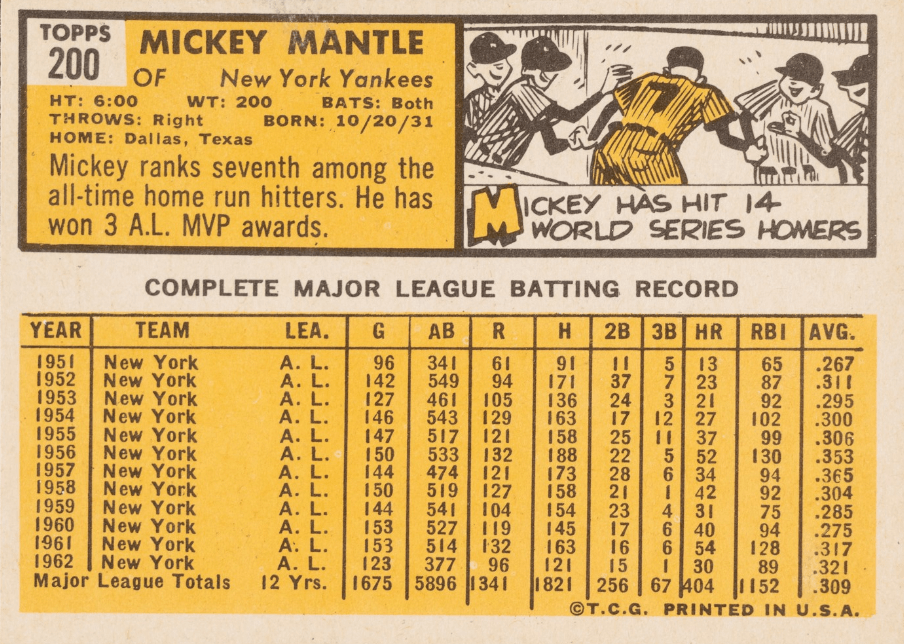
For example, the back of this Mickey Mantle card shows his most recent statistics were in 1962, meaning this card was produced by Topps in 1963.
Identifying vintage era cards can vary from complicated to straightforward depending on the manufacturer or set, but it’s important to research the information provided using checklists and online resources.
Modern Era
Until the junk wax era, Topps basically had a monopoly on the sports card industry and faced competition against new brands such as Fleer, Leaf, and Upper Deck. This combined with the hobby’s growing popularity opened the door to the massive production of new sets and cards in the 4 major sports.
In 1981, Topps introduced its own “traded” set that featured new rookies that were not included in the flagship release. Since many of the traded card designs mimic the flagship releases, it can be tricky for collectors to differentiate the two sets. However, collectors can identify Topps Traded cards by finding a “T” marked next to the number on the back of the card.
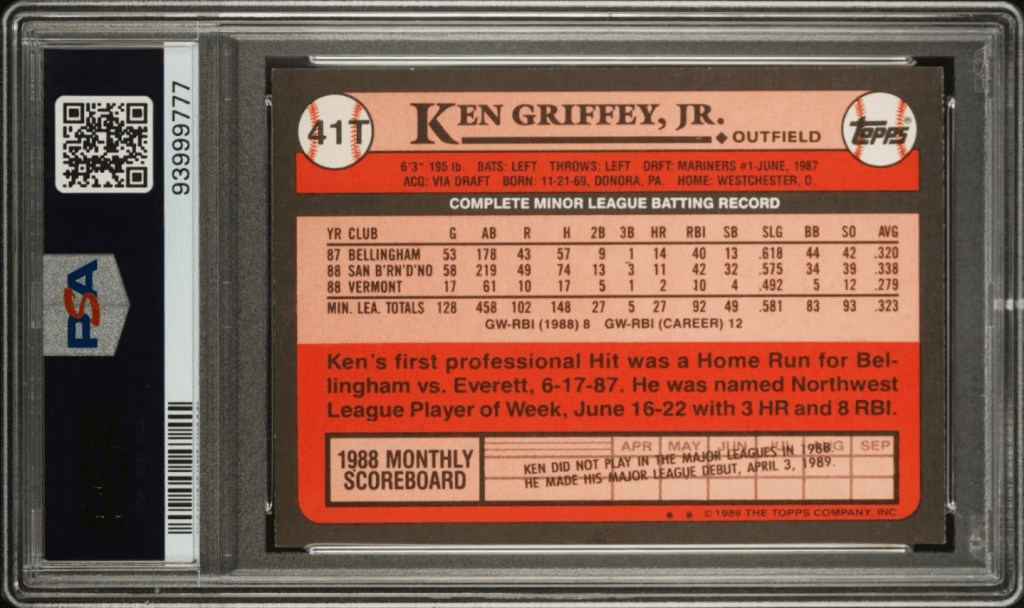
Fast forward to 2010, Topps renamed the set to “Update Series” and replaced the ”T” with a “US” next to the card number. Some of the biggest stars of today’s game have valuable rookie cards from Topps Update sets, including Mike Trout and Juan Soto.
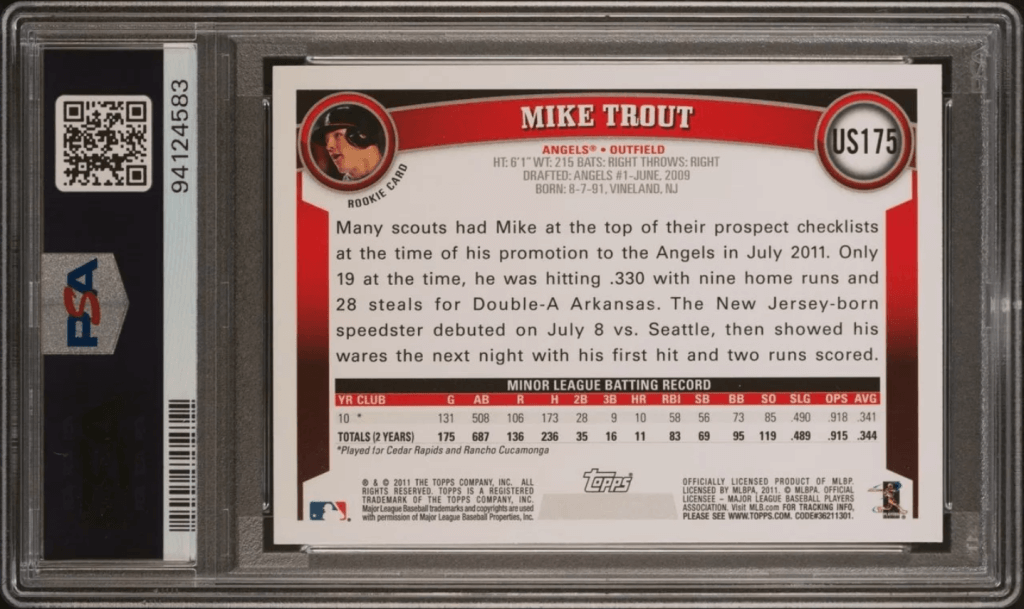
Ultra Modern
Ultra Modern sports cards are typically considered the most overwhelming to identify because of the sheer volume of base, insert, and parallel cards per set.
Since the dawn of card collecting, most trading card releases have a checklist of base set cards known as “commons”. However, the massive growth of collectors through the junk wax era and the arrival of opti-chrome technology introduced refractor “parallel” cards to the hobby.
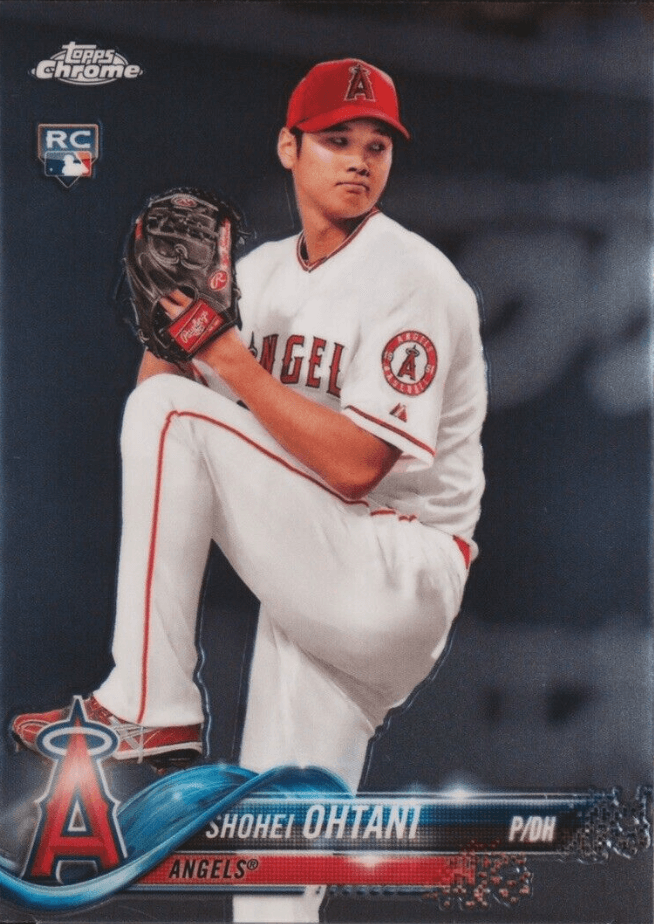
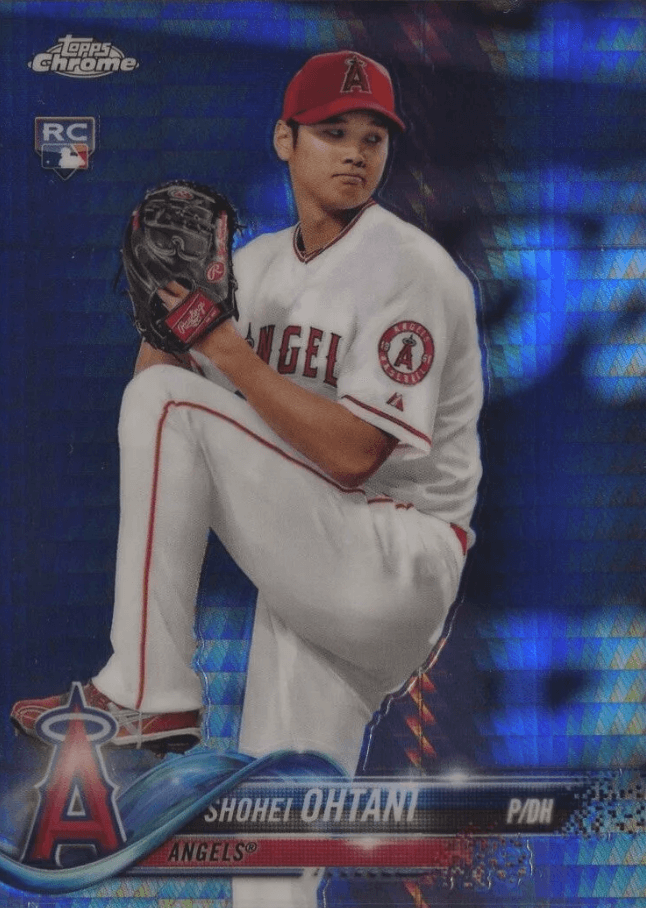
How to distinguish a refractor parallel from a base card is by the reflective prism-like effect when held into the light.
Topps’ defines a parallel as limited cards that “essentially run parallel to the base set – they have a similar look and design but are distinguished by a unique physical quality.” Besides the amount printed, the difference between base and parallel cards can be in the color, design, image, or pattern. These differences are key to identifying a refractor or parallel card compared to a common base.
A numbered card is a limited edition parallel and specifies the print run with a stamped serial number on the front or back. If a card is stamped with serial numbers 23/100, it means that particular copy is the 23rd card of the 100 that were printed. For the most part, serial numbered cards are stamped in gold, silver, black, or handwritten.


If you look at the current climate of the hobby, the amount of new parallels being released in sets is becoming overwhelming to differentiate and track.
For instance, the 2024 Topps Chrome Baseball parallel checklist features 4 different green refractors, all serial numbered to 99. I can’t blame someone who may have trouble finding the subtle differences between a Green Refractor, Green Wave Refractor, RayWave Green Refractor, and Sonar Green Refractor.
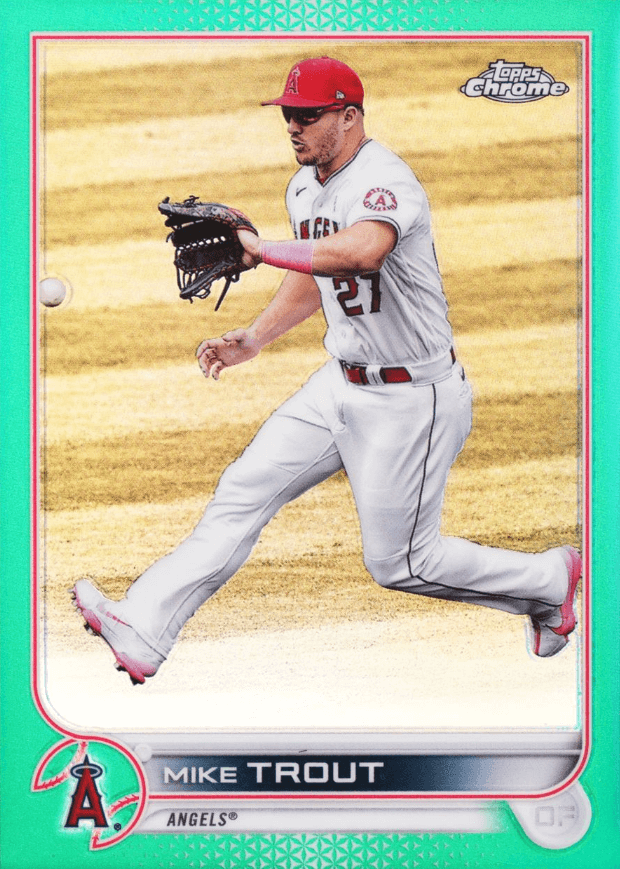
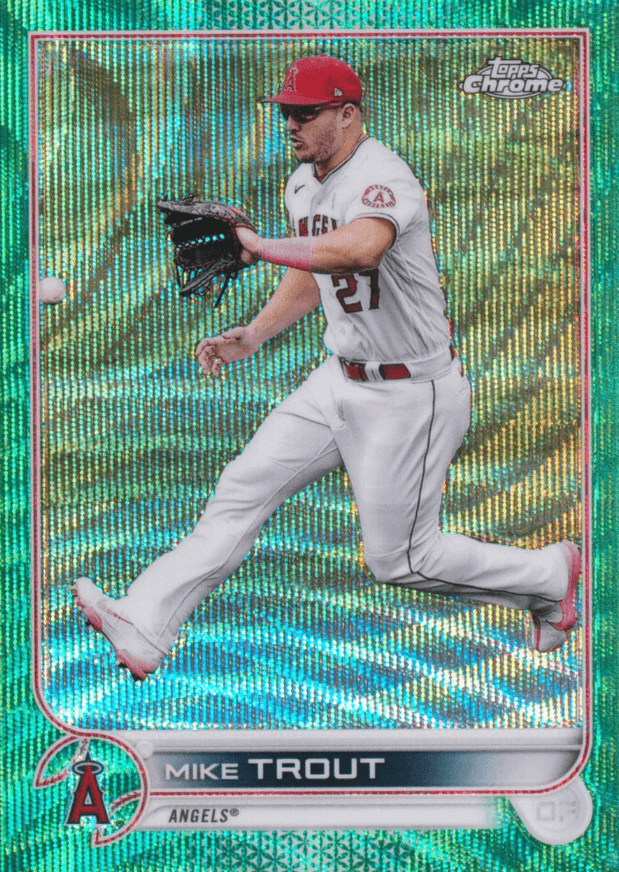
Here’s an example of the subtle differences in 2 Mike Trout’s 2022 Topps Chrome Green Refractor Parallels
On the football and basketball side of the hobby, Panini has attempted to help collectors identify parallels by adding “Prizm” on the back of cards. This is illustrated below by comparing the back of Joe Burrow’s 2020 Prizm Base Rookie Card and his Silver Prizm Rookie.
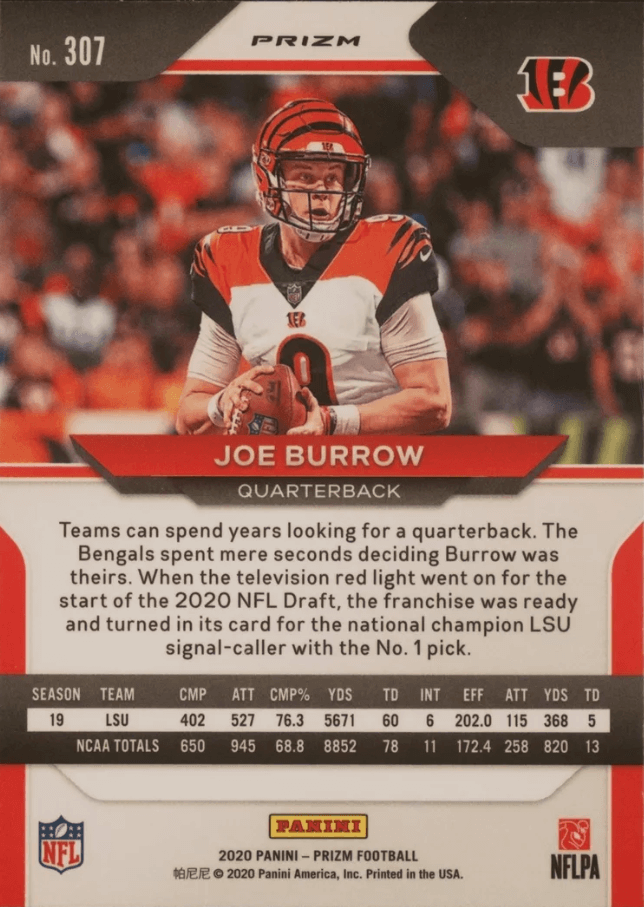
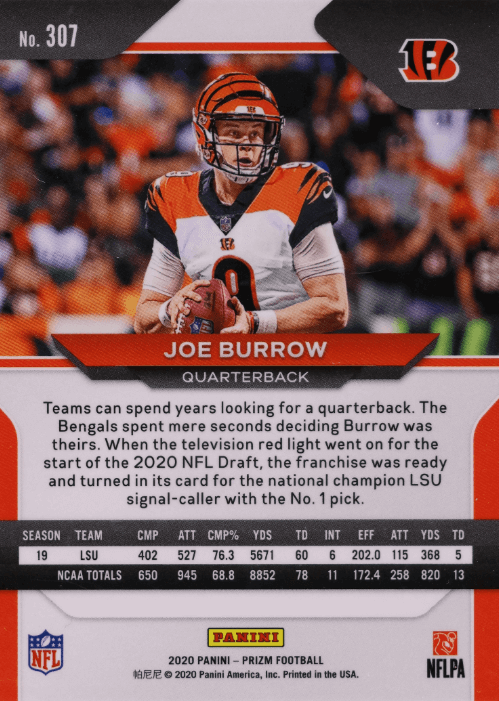
Collectors are glad Topps and Panini are making it easier to differentiate base and parallel cards, but the prizm/refractor label doesn’t specify what kind of parallel it is. Moving forward, I’m hopeful Topps and Panini will continue to innovate parallel identification and labeling for ultra-modern collectors.
Even though parallel cards can be rather frustrating to pinpoint, identifying rookie cards has become simplified over the years.
Rookie Cards
Rookies have always been a prevalent aspect of card collecting, but there really wasn’t a standardized way for collectors to identify debut cards.
During the 1960s, Topps began adding “Rookie Stars” cards that feature multiple rookies on one card into sets. This philosophy of multiple rookies on a single card became common practice in the industry for decades. These rookie cards should be easily recognizable to the casual eye.
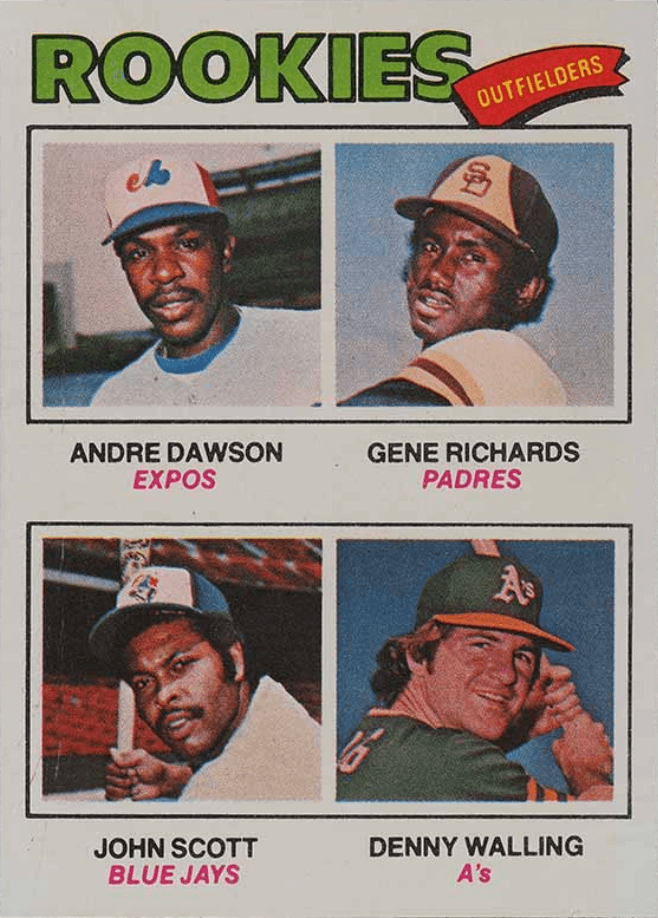
As the hobby exploded in popularity and debut cards skyrocketed in value, card manufacturers knew it was important for collectors to be able to identify rookie cards when opening packs. First-year cards from the modern era have various monikers to identify rookie cards such as “Rated Rookie”, “Future Stars”, and “Star Rookie”.
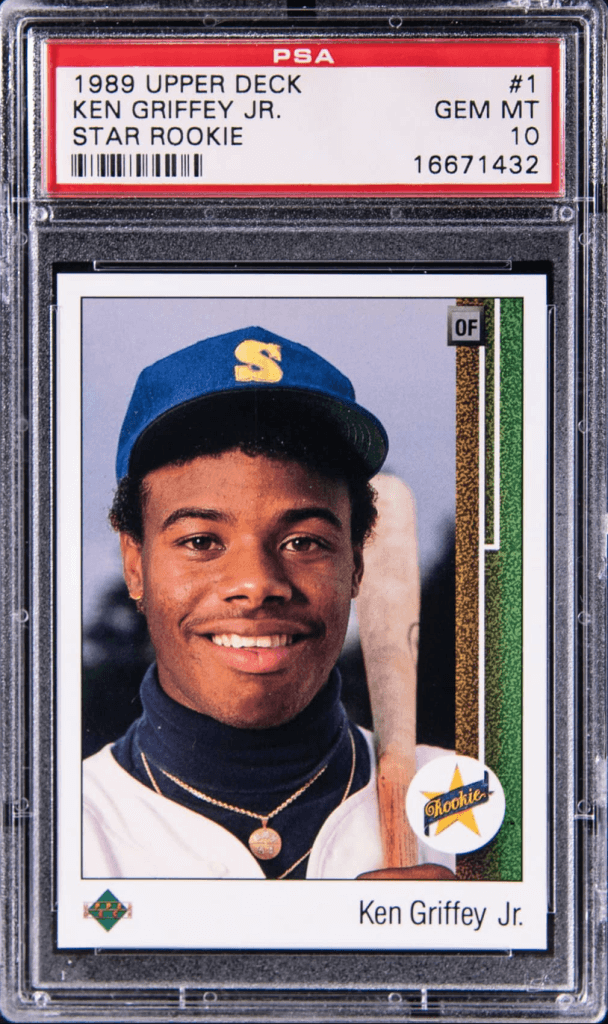
In 2006, Topps and MLB decided to make an official rookie card logo for a player’s first card in the Major Leagues. 4 years later, Topps opted to update the rookie card logo and abbreviate it to “RC”.
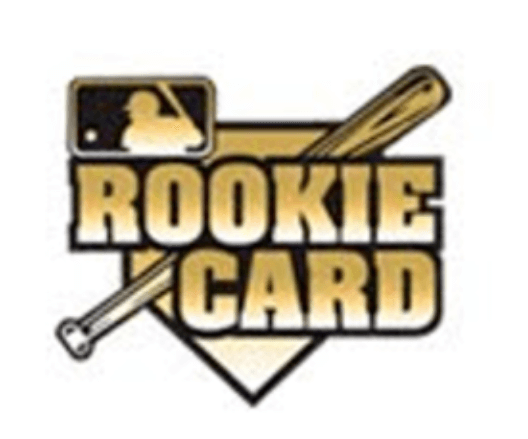
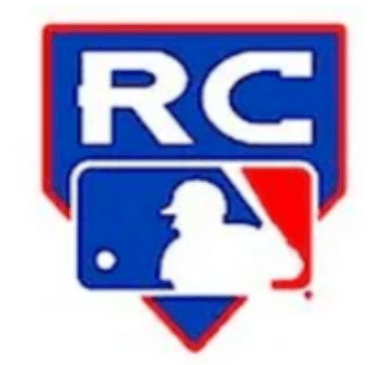
Once Panini received the rights to produce NFL and NBA cards, they took a similar route to Topps by adding an “RC” shield to front of rookie cards.
Undoubtedly, ultra-modern sports cards are the hardest to identify since there are so many sets and parallels. Still, there are a few sources where you can find checklist information about a particular parallel, variation, case hit, or insert.
Checklists + Other Resources
A sports card checklist is one of the most important pieces of information to study for any level of collector, especially when it comes to ultra-modern releases.
A checklist provides basic information like the number of cards, rookies, parallels, inserts, or hits in a particular set. Depending on the manufacturer, it can provide further details such as the “pack odds” or rarity of certain cards. The more familiar you are with a set’s checklist, the easier it will become to accurately identify a card or parallel without having to do extensive research for an answer.
So that poses the obvious question… where can I find a full breakdown of checklists for sports card sets? You can quickly find detailed sports card set information thanks to database websites like Cardboard Connection and Beckett.
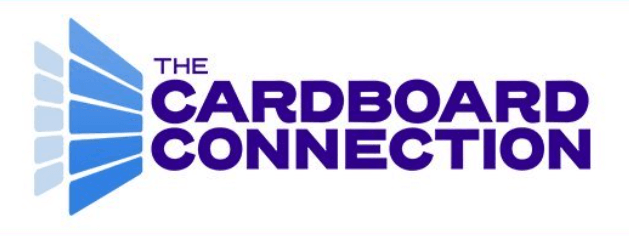
Cardboard Connection offers major sports card checklists spanning from the 1800s to newly released sets.
If you’d rather not spend your time scrolling through lengthy checklists, utilize grading company databases such as PSA or SGC to pinpoint specific cards and grading populations.
Alternative resources also include innovative apps like Collx and Ludex that can instantly identify single cards with a snap of a photo.
Conclusion
Sports cards are an extremely vast and diverse hobby that can result in collectors guessing the origin or value of a particular card. There’s always a chance for one-offs and exceptions to the rule, so it’s recommended to research and consult with fellow collectors.
Identifying your cards is a fundamental part of the process, whether you are buying, selling, trading, or valuing. After reading this guide, I hope to have given you the direction to identify your sports cards and utilize databases that provide product details and set checklists.
